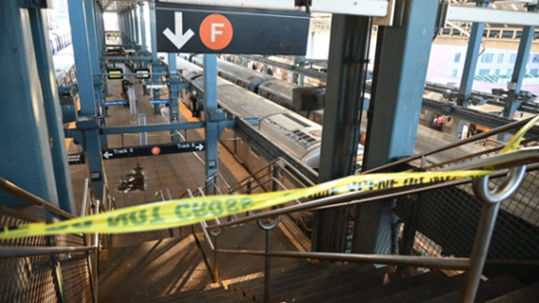A new summer wave of COVID-19 infections is spreading faster across the US than it did last year. According to the Centers for Disease Control and Prevention (CDC), a new variant called LB.1 is on its way to become the dominant strain. This is the first time in months that no states or territories have seen COVID-19 infections slow down.
The western states are seeing severe impacts, with high levels of COVID-19 detected in wastewater, indicating a looming increase in cases. Nursing home infections are also rising notably in this area. Emergency visits for COVID-19 patients in HHS Region 9, covering Arizona to Hawaii, have risen by about 1.23%, marking the highest average since early February. Experts predict a seasonal rise in summer COVID-19 cases following a quieter spring. Last year, infections started increasing around late August and early September, coinciding with the development of a new vaccine.
The CDC reports a new variant called LB.1 is set to become the most common strain. COVID-19 infections are not slowing down in any states or territories for the first time in months. They are monitoring the spread of new variants across the US. LB.1 is expected to become more widespread than KP.3, replacing KP.2, which was dominant last month.
These variants, originating from the JN.1 strain that caused a surge in winter cases, have evolved. While previous vaccinations may offer some protection, health experts advise getting booster shots to best defend against these new variants.







